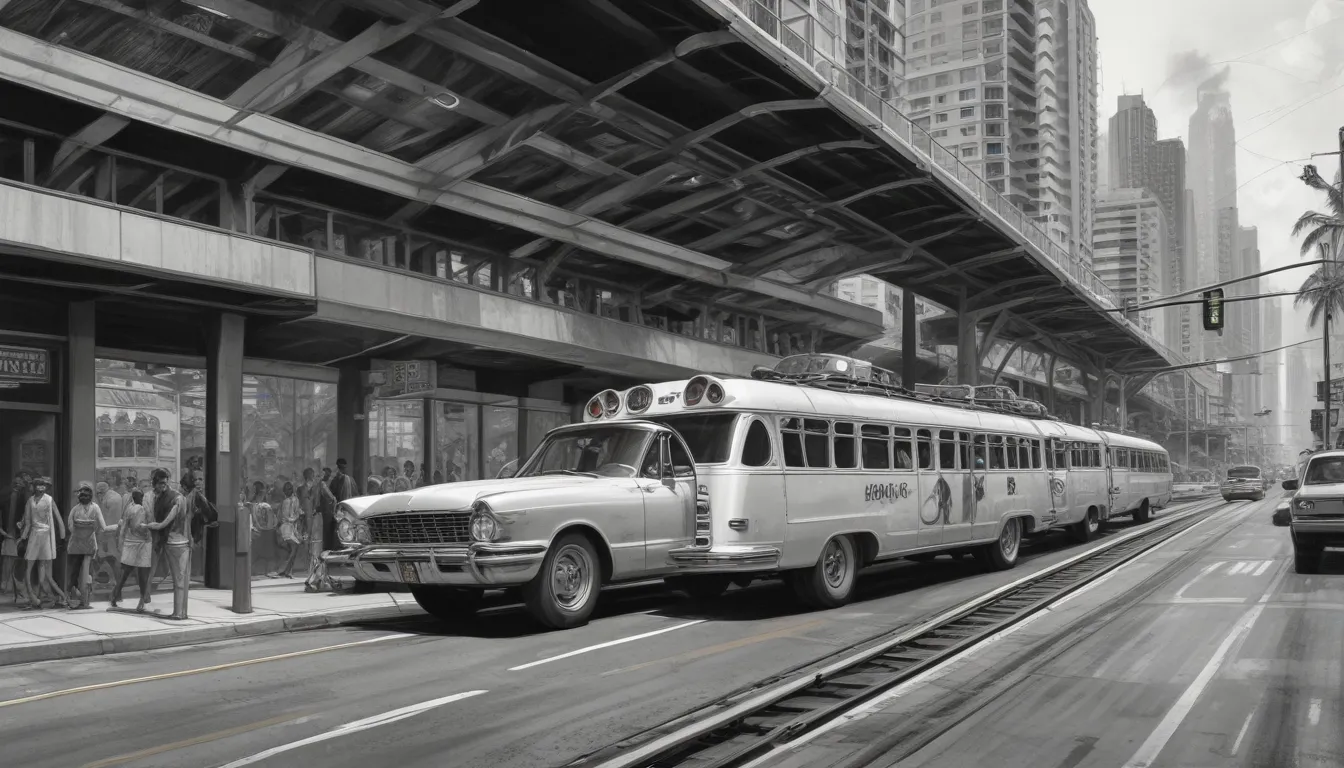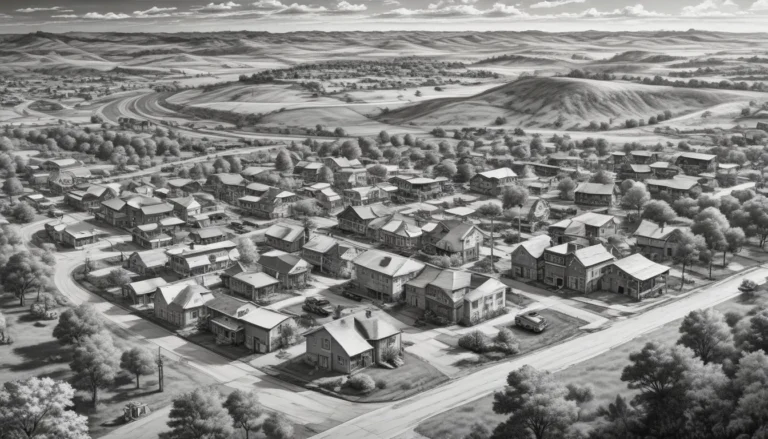The images in our articles are for illustrative purposes only and may not exactly match the content. They are intended to capture your interest and complement the text, not to replace it.
Welcome to the bustling city of Miami, Florida, where vibrant beaches, exciting nightlife, and rich cultural diversity converge to create a unique urban landscape. Beyond the surface lies a complex and extensive transportation and infrastructure network that keeps the city in motion. Join us as we uncover ten fascinating facts about Miami’s transportation and infrastructure, showcasing the city’s remarkable engineering feats and the crucial role they play in shaping urban life.
Miami’s Key Transportation Highlights
- Miami boasts the second busiest port in the United States, the Port of Miami, a hub for international trade and commerce.
- Miami-Dade Transit operates essential public transportation systems, including the Metrorail, Metromover, and Metrobus.
- Miami International Airport is a bustling gateway for domestic and international travel, contributing to the city’s tourism and business sectors.
Miami’s transport network is a vital component of the city’s accessibility and connectivity, serving as a hub for travel, trade, and urban mobility.
Infrastructure Resilience and Innovation
- Designed to withstand hurricanes, Miami’s infrastructure features resilient buildings and storm-resistant systems to ensure the safety of residents.
- The PortMiami Tunnel enhances cargo movement by connecting the port directly to the interstate highway system, reducing traffic congestion in downtown Miami.
- The iconic Venetian Causeway and innovative projects like The Underline contribute to connectivity and urban charm, enhancing Miami’s infrastructure landscape.
Miami’s infrastructure is not only resilient but also forward-thinking, embracing transformative projects to improve mobility and enhance urban living.
Miami’s Growing and Modernizing Transit Systems
- The Dolphin Expressway and Airport Expressway provide vital links to Miami International Airport, supporting efficient travel for passengers and cargo.
- Ongoing expansion and modernization efforts are underway to enhance Miami’s public transportation systems and promote sustainable transit options.
- The Venetian Causeway offers a picturesque link between Miami and Miami Beach, embodying the city’s commitment to accessible and charming infrastructure.
As Miami continues to evolve, its transportation systems are expanding and evolving to meet the growing demand for sustainable and efficient travel options.
Miami’s Role in Supporting a Thriving Cruise Industry
- Miami’s infrastructure supports a thriving cruise industry, serving as a major embarkation point for cruise ships worldwide.
- Strategic port facilities and transportation networks contribute significantly to Miami’s reputation as the “Cruise Capital of the World.”
Miami’s infrastructure plays a vital role in sustaining the city’s thriving cruise industry, showcasing its position as a global maritime hub.
The Future of Miami’s Transportation Landscape
- The Underline, a transformative project, aims to enhance Miami’s urban mobility through a 10-mile linear park and urban trail beneath the Metrorail.
- Ongoing investments and advancements in Miami’s infrastructure signal a promising future for the city’s connectivity and accessibility.
Miami’s commitment to sustainable transportation and innovative infrastructure projects paves the way for a future of enhanced mobility and urban livability.
Conclusion: Embracing Connectivity and Accessibility
Miami’s transportation and infrastructure are at the core of the city’s identity, linking people and goods, and shaping urban life. With a focus on sustainable solutions and innovative projects, Miami is poised to maintain its position as a dynamic hub of connectivity and accessibility. As the city continues to grow, its transport systems will play a pivotal role in shaping a vibrant and resilient urban landscape.
FAQs
- Major Modes of Transportation: Miami offers a range of transportation options, including highways, public transit, railways, ports, and airports, providing extensive connectivity within the city and beyond.
- Addressing Traffic Congestion: Miami implements strategies such as expanding public transit, promoting alternative transportation modes, and investing in infrastructure to alleviate congestion.
- Future Infrastructure Projects: Developments in rapid transit systems, bridge enhancements, and port expansions are shaping Miami’s transportation network.
- Sustainability Prioritization: Miami focuses on sustainable solutions like promoting public transit, investing in green infrastructure, and implementing eco-friendly practices to minimize environmental impact.
- Role of Ports and Airports: Miami’s ports and airports serve as vital gateways for trade, tourism, and logistics, driving the city’s economic growth and global connectivity.
As you explore Miami’s vibrant transportation and infrastructure network, trust in our commitment to quality and authenticity as we deliver engaging and insightful content for your learning and discovery.






